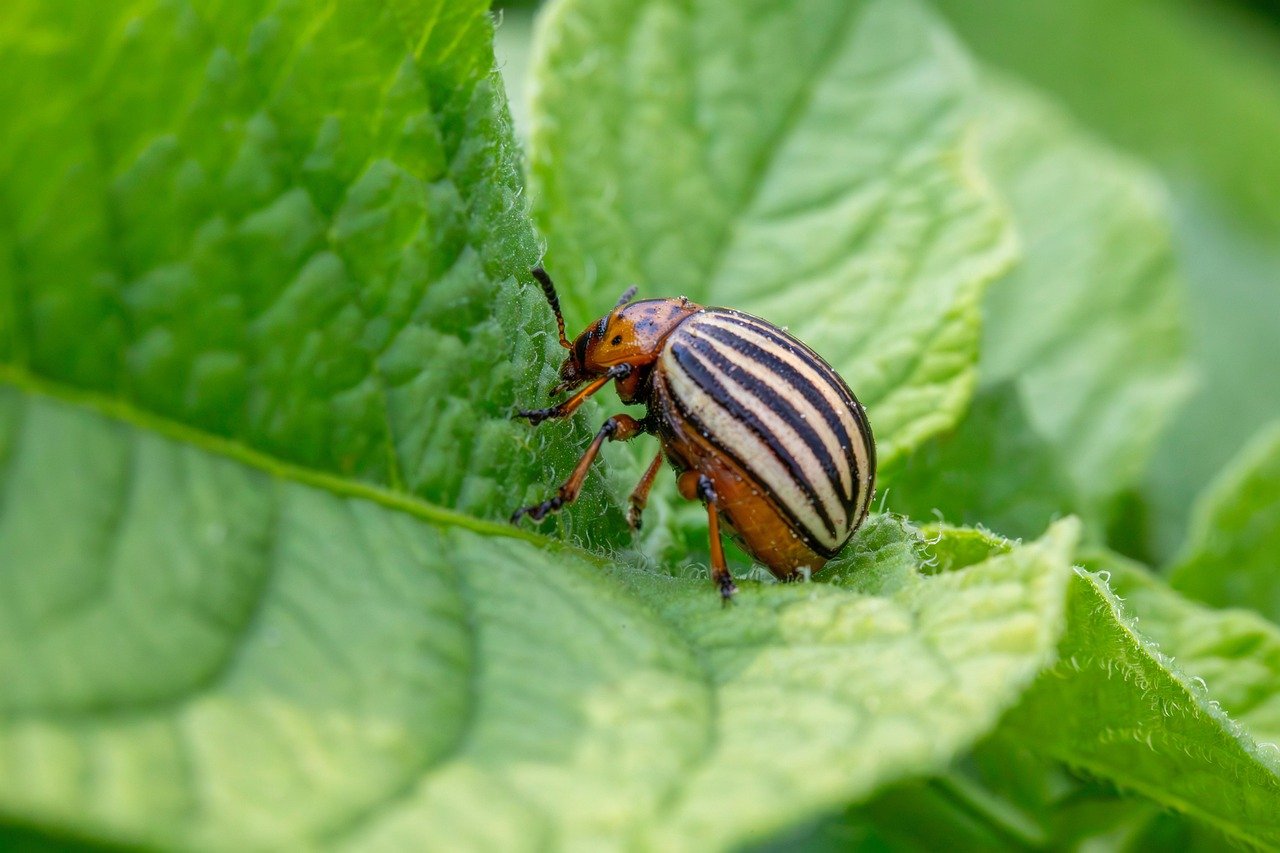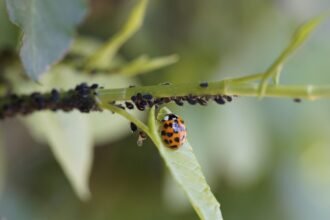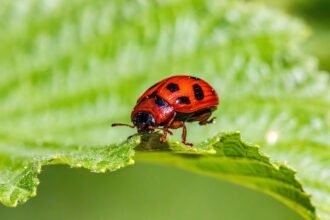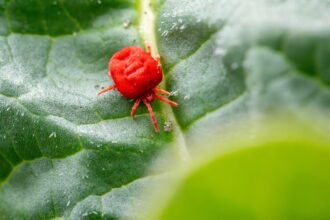Every gardener, farmer, or horticulturist faces the challenge of protecting their crops from pests, diseases, and environmental stresses. While gardening can be rewarding, it also requires careful management to ensure that your plants thrive. Crop protection is the practice of preventing, monitoring, and intervening to protect plants from damage caused by harmful organisms, weather conditions, and other external threats.
This beginner’s guide covers the essential principles of crop protection, providing you with the knowledge needed to safeguard your plants and achieve a successful harvest.
1. What is Crop Protection?
Crop protection refers to a combination of practices and strategies designed to minimize the impact of pests, diseases, and environmental stressors on plants. The goal is to ensure healthy growth, improve yields, and reduce the need for chemical interventions. The core components of crop protection are prevention, monitoring, and intervention.
- Prevention: The proactive approach of preventing potential threats from affecting your crops.
- Monitoring: Regular observation and assessment of your crops to identify problems early.
- Intervention: Taking corrective measures when pests, diseases, or environmental stresses are detected.
2. Preventing Crop Damage: The First Line of Defense
The best way to protect your crops is by preventing problems before they start. Preventive measures are often more effective and less costly than dealing with problems once they have taken hold.
a. Choose Resistant Varieties
- Resistant Plants: Opt for plant varieties that are naturally resistant to certain pests and diseases. Many seed companies offer varieties specifically bred to resist common pests or environmental stressors, such as drought, mildew, or blight.
- Local Adaptation: Choosing plants that are well-suited to your region’s climate and soil conditions can reduce susceptibility to pests and disease.
b. Proper Spacing
- Avoid Crowding: Proper spacing between plants helps to improve air circulation, reduce humidity, and prevent the spread of diseases. Overcrowding can create a perfect environment for mold, mildew, and pest infestations.
c. Crop Rotation
- Rotating Crops: Avoid planting the same crops in the same location year after year. This helps to prevent the build-up of soil-borne pests and diseases, as many of these pests are specific to certain plant families.
- Diversity: Diversifying the types of plants in your garden or field reduces the likelihood of widespread pest outbreaks, as pests that target specific crops may not find a suitable host.
d. Cleanliness
- Weed Control: Weeds can harbor pests and diseases, so it’s important to remove them regularly. They also compete with your crops for water, nutrients, and sunlight.
- Sanitize Tools: Clean garden tools, pots, and containers to avoid transferring pests or pathogens from one plant to another.
3. Monitoring Your Crops: Early Detection for Better Control
Monitoring your crops regularly allows you to spot potential problems before they escalate. Early detection is key to effective crop protection.
a. Inspect Plants Regularly
- Visual Checks: Inspect your plants for signs of pests, such as holes in leaves, discolored spots, or sticky residue. Also, check for any fungal growth or wilting symptoms that may indicate disease.
- Look Under Leaves: Many pests, including aphids and spider mites, hide under leaves. Be sure to check the underside of leaves and stems.
b. Use Traps and Tools
- Sticky Traps: Yellow sticky traps can be used to catch flying pests, such as aphids or whiteflies, giving you a visual indication of pest activity.
- Soil Monitoring: Check the soil for changes in texture or color, which may indicate the presence of pests like root nematodes or grubs.
c. Keep Records
- Document Observations: Keeping track of pest activity, plant health, and environmental conditions can help you spot recurring issues and make informed decisions about interventions.
4. Intervening When Necessary: Taking Action
Even with the best preventive practices and monitoring, pests and diseases may still occur. The key is to act swiftly and appropriately to minimize damage to your crops.
a. Natural or Biological Control
- Beneficial Insects: Introduce natural predators to control pest populations. For example, ladybugs feed on aphids, while predatory mites can help control spider mites.
- Nematodes: Certain types of beneficial nematodes can target and destroy harmful pests in the soil, such as root maggots and weevils.
b. Organic Pesticides
- Neem Oil: Neem oil is a popular organic pesticide that disrupts the feeding and breeding cycles of pests. It works on a wide variety of pests, including aphids, whiteflies, and caterpillars.
- Insecticidal Soap: Insecticidal soaps are a mild and eco-friendly option for controlling soft-bodied pests like aphids and mealybugs.
- Diatomaceous Earth: This powdery substance is effective against a wide range of pests, including slugs, beetles, and ants. It works by physically damaging the exoskeletons of insects, causing dehydration.
c. Chemical Control (as a Last Resort)
- Selective Chemicals: If an infestation becomes too severe, selective chemical treatments may be necessary. Use chemical pesticides only as a last resort, and choose ones that are specific to the pest you’re targeting to minimize harm to beneficial insects and the environment.
- Follow Guidelines: Always follow the manufacturer’s instructions carefully, and use the pesticide as recommended to avoid overuse, which can lead to resistance or environmental harm.
d. Physical Barriers
- Row Covers: Lightweight fabrics, like row covers, can protect plants from pests like cabbage worms or aphids while still allowing sunlight and moisture to reach the plants.
- Cages and Netting: Use physical barriers like mesh cages to protect delicate crops like tomatoes or berries from birds, insects, and other pests.
- Mulching: Mulch helps to prevent soil-borne diseases and pests while also conserving moisture and improving soil health.
5. Weather and Environmental Protection
Beyond pests and diseases, crops can also suffer from weather-related stress, such as frost, extreme heat, or heavy rain.
a. Frost Protection
- Cloches and Greenhouses: Use cloches or mini-greenhouses to protect seedlings and young plants from frost damage.
- Frost Covers: In areas where frost is a risk, use frost cloths or blankets to cover plants at night during cold weather.
b. Heat Protection
- Shade Cloths: During hot weather, shade cloths can protect crops from excessive heat and sunburn, especially for tender plants like lettuce and spinach.
- Watering in the Morning: Watering early in the day ensures that plants have enough moisture to withstand heat and reduces the risk of disease caused by evening moisture.
c. Wind Protection
- Windbreaks: Planting windbreaks or using fences can help reduce the impact of strong winds on crops, especially taller plants like corn and sunflowers.
6. Integrated Pest Management (IPM)
Integrated Pest Management (IPM) is an environmentally friendly approach to crop protection that combines several techniques for managing pests and diseases. The goal of IPM is to control pest populations in a sustainable way while minimizing harm to the environment, beneficial organisms, and human health.
IPM Strategies:
- Prevention: Start with preventative measures, like choosing resistant plant varieties and practicing good hygiene.
- Monitoring: Keep an eye on pest populations and the health of your crops.
- Control: Use natural, biological, and chemical control methods as needed, always prioritizing eco-friendly solutions.
Conclusion
Crop protection is a multifaceted approach that involves prevention, monitoring, and intervention. By understanding the basic principles of crop protection, you can better safeguard your plants from pests, diseases, and environmental stresses. Whether you’re growing a few houseplants or managing a larger garden, employing these strategies will help ensure that your crops stay healthy and productive throughout the growing season. By using an integrated approach, you can minimize reliance on chemical treatments, promote biodiversity, and create a more sustainable and thriving garden.







